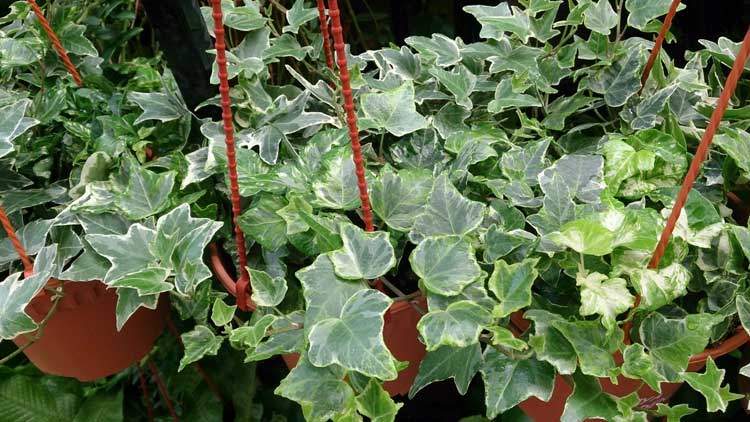Study: The 10 Best Indoor Plants for Eliminating Toxic Air Pollution
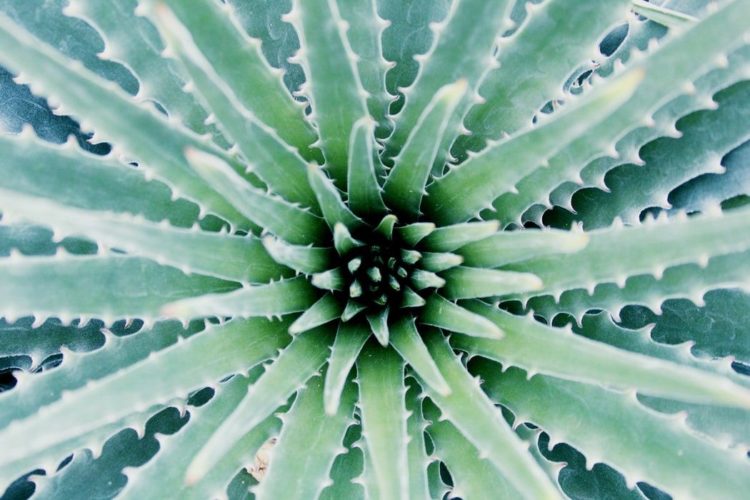
After spending most of our evolution in natural environments, we have an innate desire to interact with the natural world. Nature plays a vital role in human health and relationships, by easing stress and enhancing physical and mental relaxation.

Most of us spend about 90% of our time indoors, and this means we are not only missing out on interaction with plants and animals in our natural environment, but we are also exposing ourselves to the chemicals that exist in indoor environments. Everybody knows that outdoor air is polluted, but many might not yet be aware that indoor air pollution, caused by chemicals offgasing from interior fabrics, paints, and other materials, can be as much as 100 times worse than outdoor air pollution.
NASA Study: Plants Purify Indoor Air
In the late 1980’s, NASA studied 27 species of houseplants to see if they were effective at purifying air in space facilities. What they found were numerous plants that effectively filtered out common volatile organic compounds (VOCs), some better than others. Thankfully, we can reap the benefits of these findings here on earth as well, by adding them to our homes to filter out airborne chemicals, which offgas from carpets, paints, cookware, and couches, to name a few.
Not only will vibrant greenery afford your home cleaner air, it will also add an element of beauty and, as science is now showing, plants also create a more relaxing, restful environment. Studies have found that indoor plants can help reduce stress levels, relieve tension, and increase the speed of healing. A study conducted in 2012 compared the physiological response between people transplanting real flowers, and a control group of people transplanting fake flowers. What they found was the activity of transplanting real flowers “promoted comfortable, soothed, and natural feelings, compared to the control activity.” If the action of transplanting flowers has these benefits, it’s likely that the action of watering, admiring, and caring for plants provides us these benefits as well.
Want to see the some of the most effective air-purifying plants? Let’s do this!
At the end of this article, I’ve created a chart with the official NASA study results showing all 27 plants and the toxins that they were found to remove from air samples.
TABLE OF CONTENTS
1. Aloe Vera
Aloe Vera is easy-to-grow, can be used to sooth skin from burns, stings, or cuts, and at the same time will protect your health by removing toxic formaldehyde and benzene from the air.
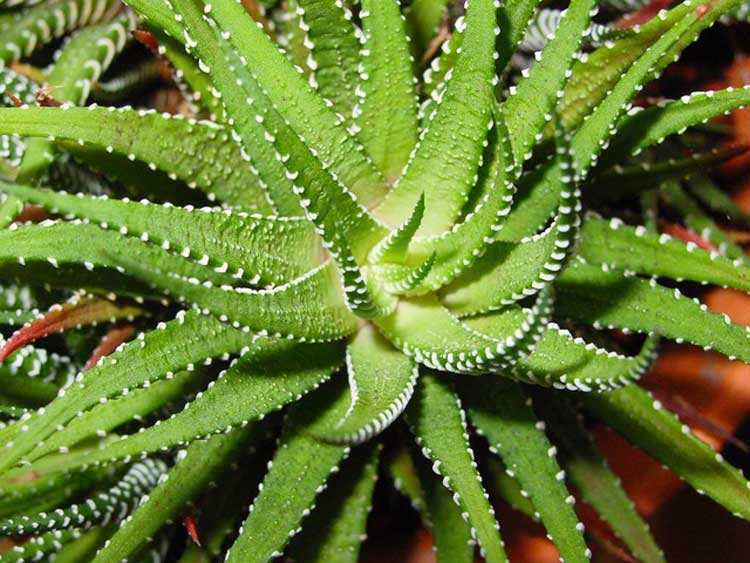
2. English Ivy
The NASA study indicates that English Ivy plant is the most effective plant at filtering toxins from air. More effectively than any other plant, it absorbs formaldehyde. It is a durable plant that’s easy to grow, preferring moderate temperatures and medium amounts of sunlight.
3. Rubber Tree
The rubber tree plant is a fantastic choice for an indoor plant because it is a powerful air cleaner that requires little maintenance, it can grow with minimal lighting, and it can survive in cooler temperatures.
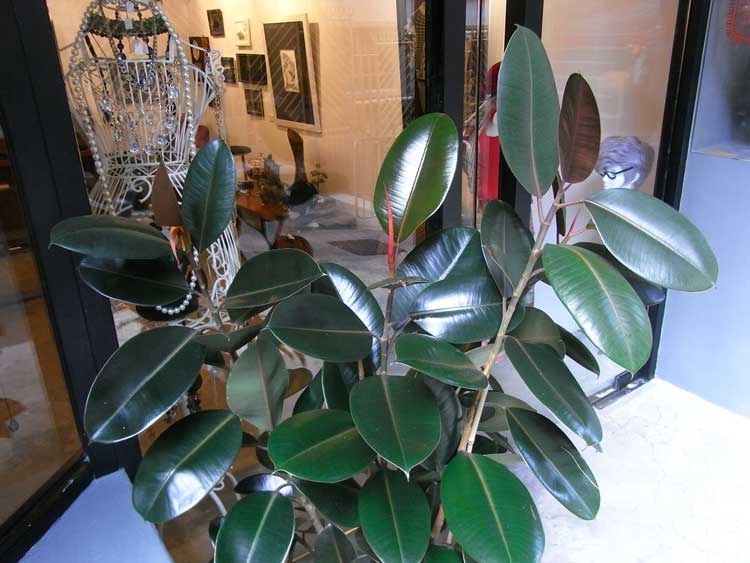
4. Snake Plant
Without biting or hissing at you, the snake plant can thrive with little light and water, making it a great indoor air-purifying plant selection. While most plants release oxygen into the air in exchange for carbon dioxide during the day, the snake plant uniquely enacts this process during the night-time hours.
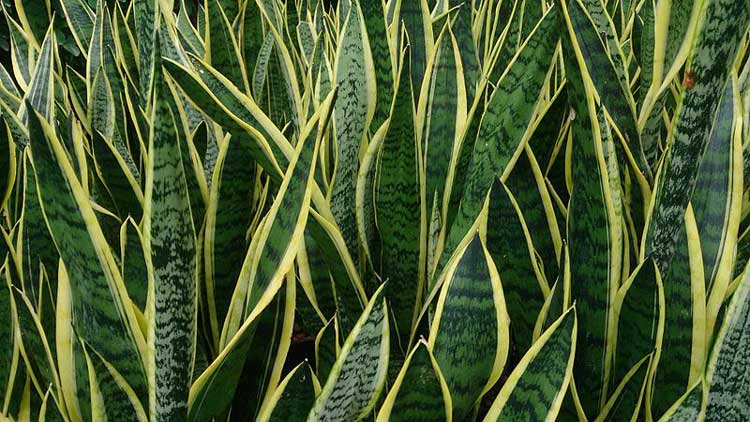
5. Peace Lily
The Peace Lily is a low-maintenance beautifying flower that can bestow peace upon any home. Surviving well in shade, and in cooler climates, this flower will help reduce toxins in your indoor living space.
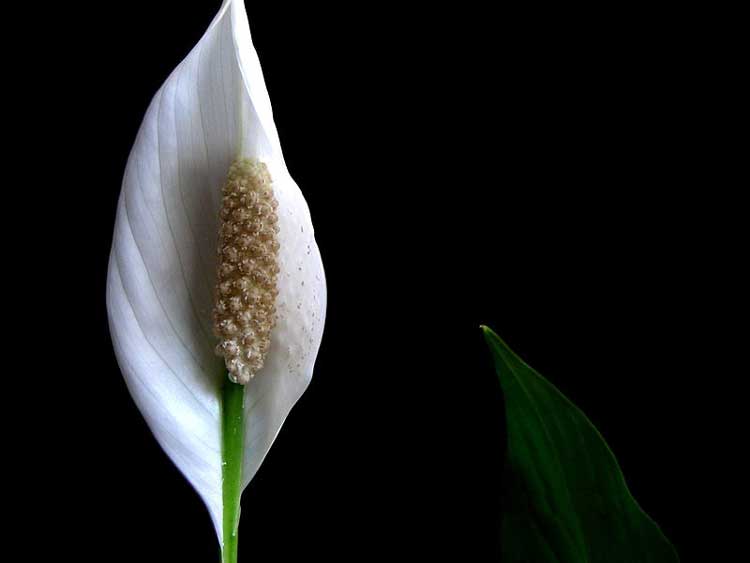
6. Philodendron
With leaves in the shape of a heart, the philodendron is a master at cleaning air and providing a relaxed atmosphere for healthy living. The philodendron is easy to care for, prefers some sunlight and only moderate water, and in ways similar to the English Ivy, they are outstanding absorbers of formaldehyde.
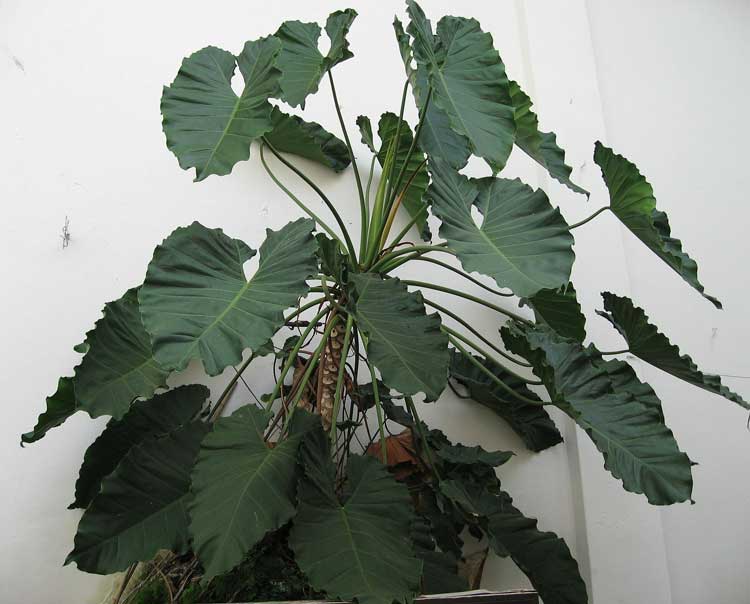
7. Bamboo Palm
With an air purifying score of 8.4 on NASA’s list of top-ten clean air plants, the bamboo palm is a plant both attractive and soothing. Effective at removing benzene and trichloroethylene, the bamboo palm will flourish in your home in shade or indirect sunlight.
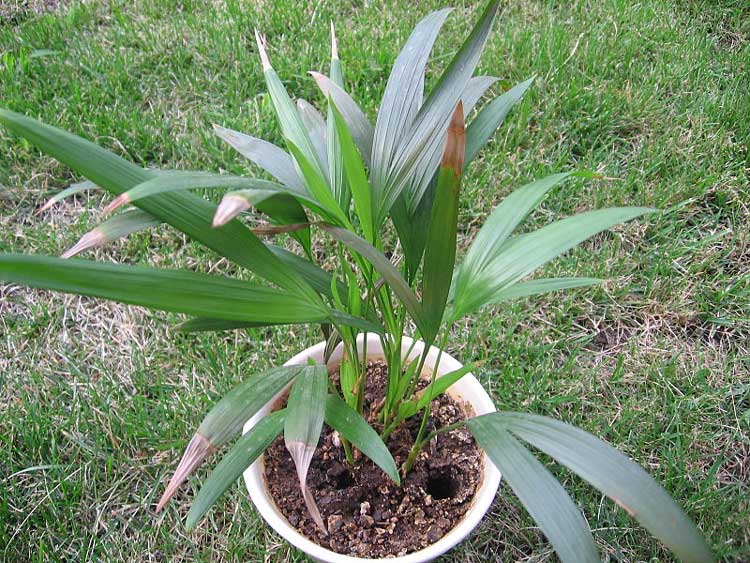
8. Spider Plant
If you have the tendency to neglect plants you’ve had in your home in the past, you will have a difficult time killing the spider plant. On the list of NASA’s best air-purifying plants, and with an abundance of rich foliage and tiny white flowers, the spider plant confiscates from your indoor air benzene, formaldehyde, carbon monoxide and xylene, a solvent used in the leather, rubber and printing industries.
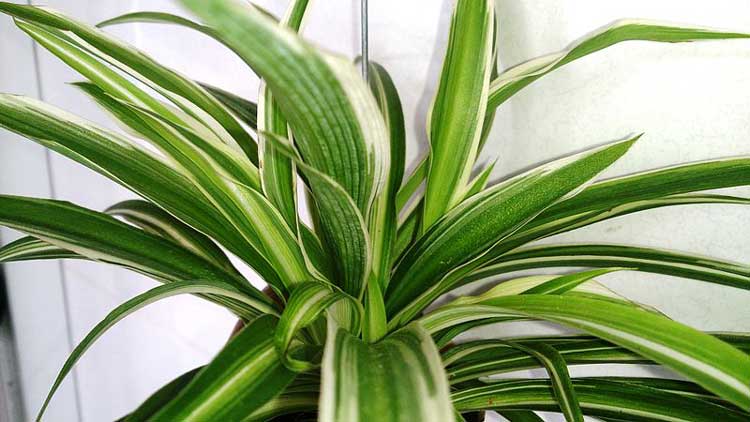
9. Golden Pothos
Another powerful plant for removing formaldehyde, the Golden Pothos grows quickly into a hanging basket of natural greenery. The Golden Pothos is so resilient, and requires so little sunlight, that it will stay green even when kept in darkness.
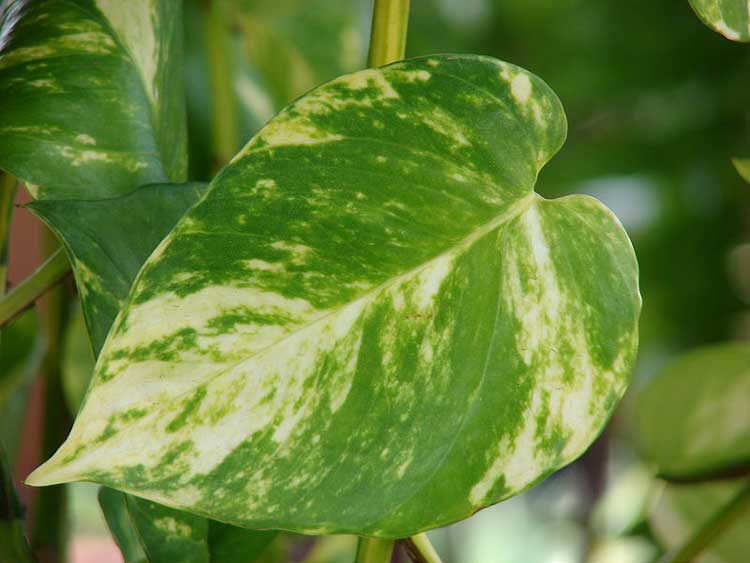
10. Red-Edged Dracaena
This red-edged shrub can not only add color to your home, but it can grow to reach your ceiling! In fact, 15-foot tall dracaenas are common, making it a great plant for decorating your living space. Skillful at removing toxins from the air in your home, endowing your home’s interior with this plant will protect you from xylene, trichloroethylene and formaldehyde.
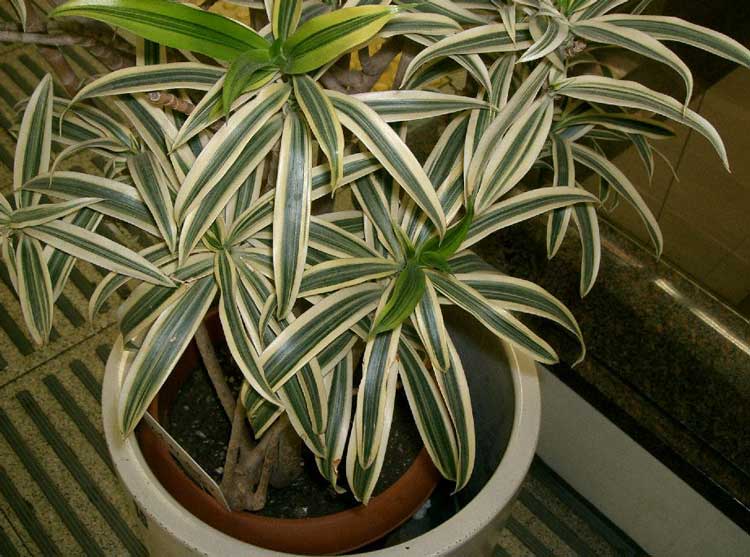
The Official NASA Study Results from all 27 Plants Tested:
Plant Species: |
Chemicals Removed: |
| Dwarf Date Palm | Formaldehyde, xylene and toluene. |
| Areca Palm | Xylene and toluene. |
| Boston Fern | Formaldehyde, xylene and toluene. |
| Kimberly Queen Fern | Formaldehyde, xylene and toluene. |
| English Ivy | Benzene, formaldehyde, trichloroethylene, xylene and toluene. |
| Lilyturf | Formaldehyde, xylene and toluene, ammonia. |
| Spider plant | Formaldehyde, xylene and toluene. |
| Devil’s Ivy | Benzene, formaldehyde, xylene and toluene. |
| Peace Lily* | Benzene, formaldehyde, trichloroethylene, xylene and toluene, ammonia. Winner! |
| Flamingo Lily | Formaldehyde, xylene and toluene, ammonia. |
| Chinese Evergreen | Benzene, formaldehyde. |
| Bamboo Palm | Formaldehyde, xylene and toluene. |
| Broadleaf Lady Palm | Formaldehyde, xylene and toluene, ammonia. |
| Variegated Snake Plant | Benzene, formaldehyde, trichloroethylene, xylene and toluene. |
| Heartleaf Philodendron | Formaldehyde |
| Selloum Philodendron | Formaldehyde |
| Elephant Ear Philodendron | Formaldehyde |
| Red-edged Dracaena | Benzene, formaldehyde, trichloroethylene, xylene and toluene. |
| Cornstalk Dracaena | Benzene, formaldehyde, trichloroethylene. |
| Weeping Fig | Formaldehyde, xylene and toluene. |
| Barberton Daisy | Benzene, formaldehyde, trichloroethylene. |
| Florist’s Chrysanthemum* | Benzene, formaldehyde, trichloroethylene, xylene and toluene, ammonia. Winner! |
| Rubber Tree Plant | Formaldehyde |
| Dendrobium Orchids | Xylene and toluene |
| Dumb Canes | Xylene and toluene |
| King of Hearts | Xylene and toluene |
| Moth Orchids | Xylene and toluene |
_
Resources Used:
– mnn.com
– trueactivist.com
– Wikipedia

